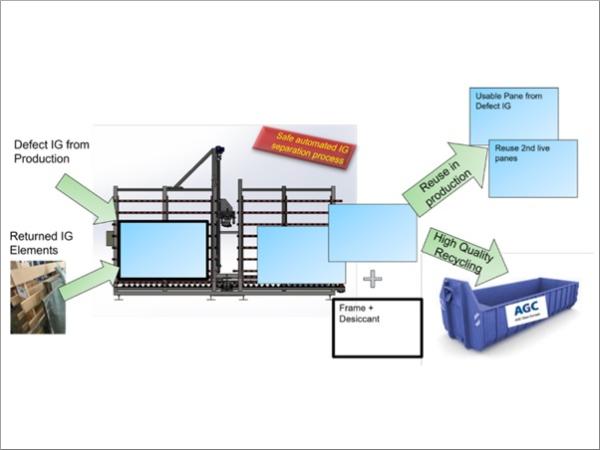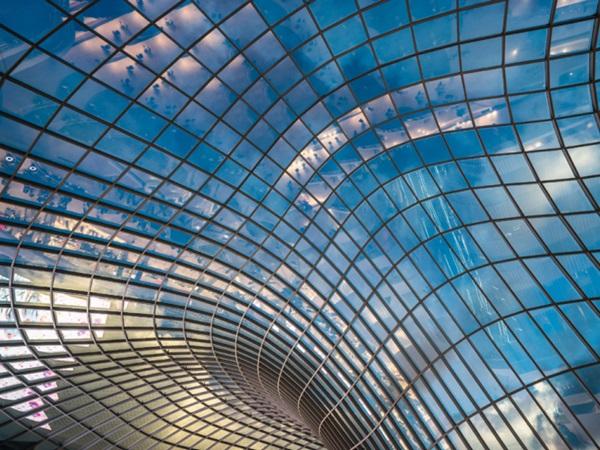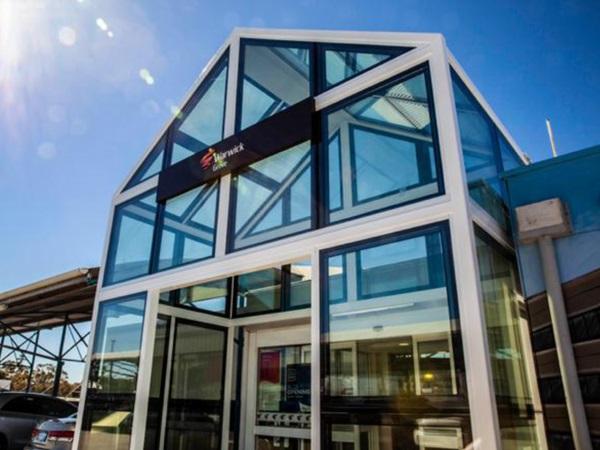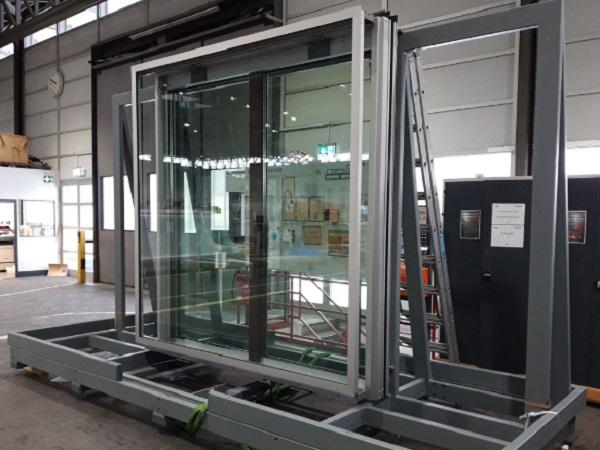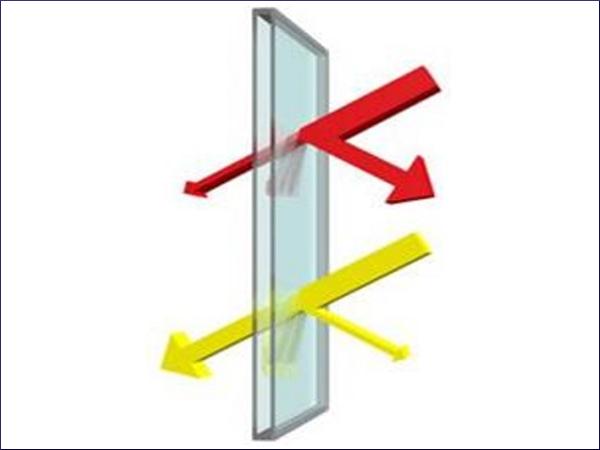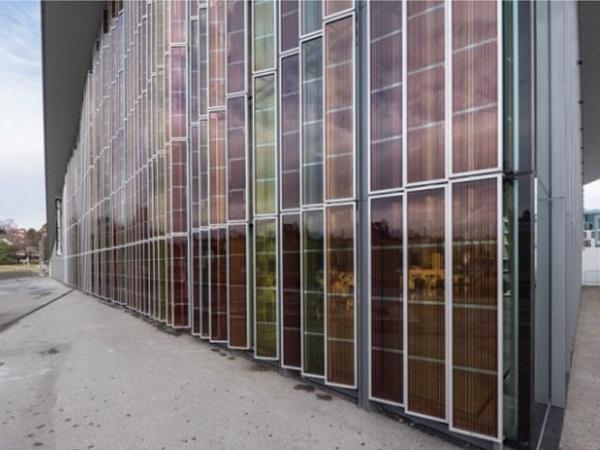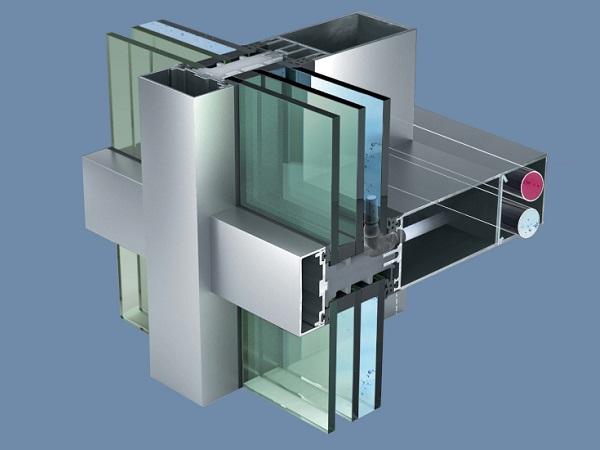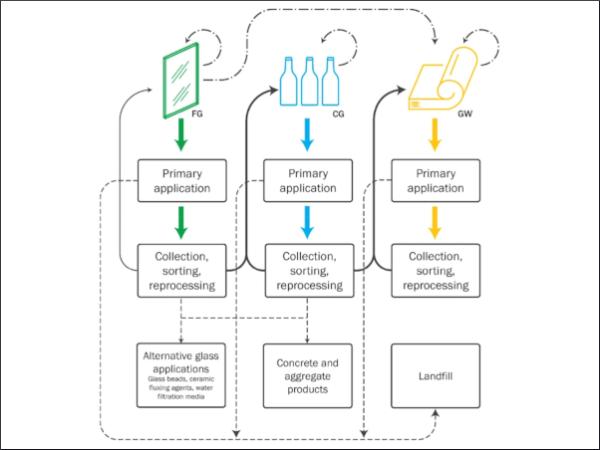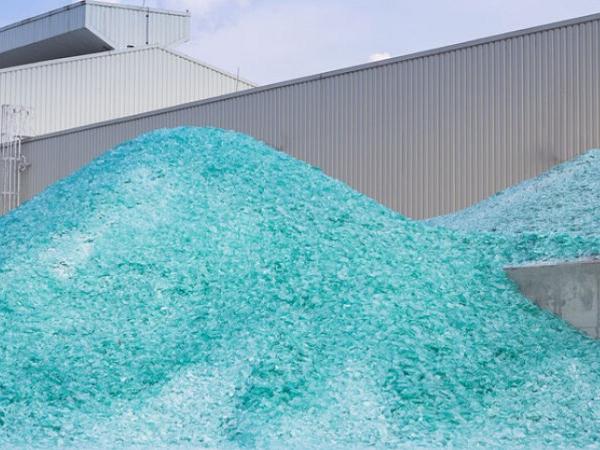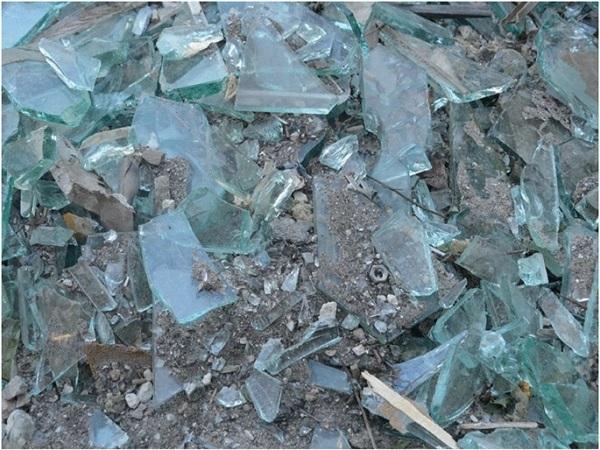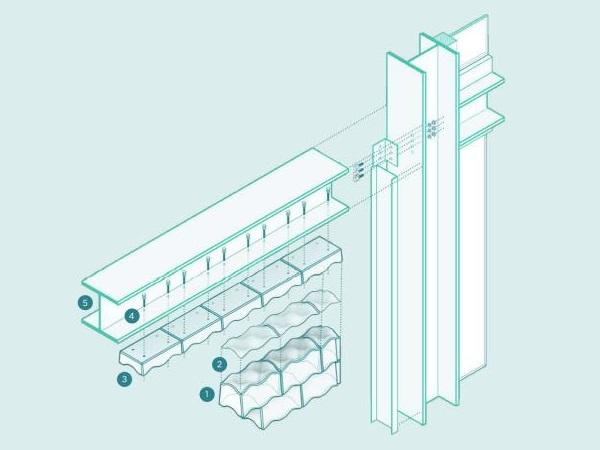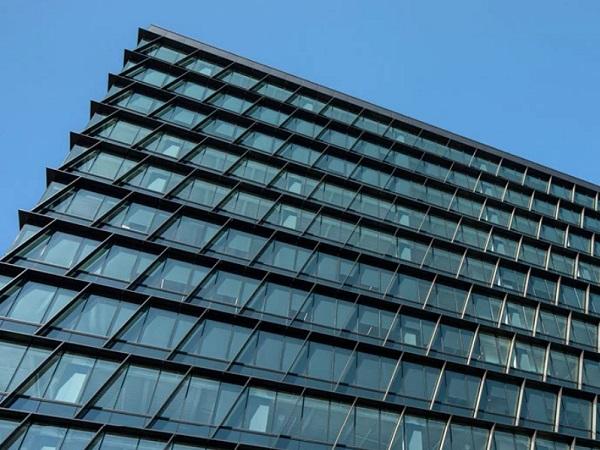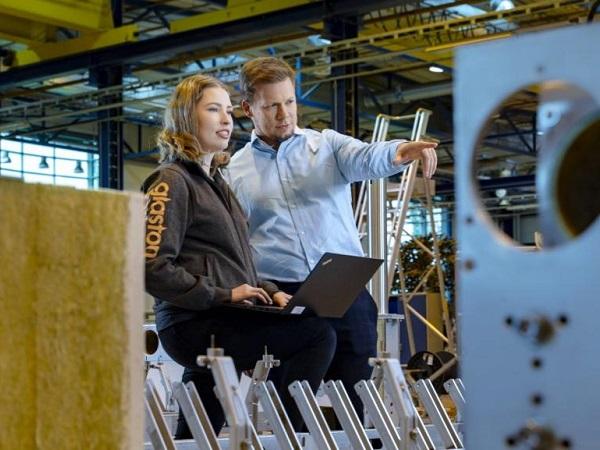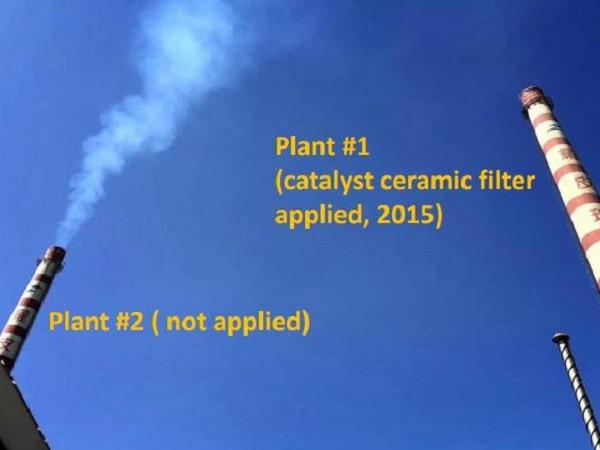Others also read
| First valid steps on the pathway to better re-utilization of glass elements
| This paper seeks to understand the outstanding questions around the potential carbon consequences and benefits of using insulating glass units (IGU) in facades.
| At present, widespread energy innovations in terms of optimizing both the on-site distributed energy generation and the energy use intensity are urgently required in the built environment and in agricultural production facilities.
Unlocking energy efficiency potential: vacuum-insulated glazing for sustainable buildings - Glastory
| Read more about Antti Aronen's presentation at Glass Performance Days (GPD) 2023, "An enhanced model of thermomechanical loading on a Vacuum Insulated Glazing".
| This study explored the prospect of reusing post-consumer architectural flat glass panes for remanufacturing in insulating glass units.
| Christoph Timm, Principal at SOM New York, shared insights on decarbonizing the built environment and the evolving landscape of sustainable construction.
| The idea was realized in a collaborative research effort of TU Berlin, BTU Cottbus-Senftenberg and Josef Gartner GmbH that resulted in a full-scale mock-up of a Double‑Skin Facade.
| It is hypothesized that the usage of smart glass in the building envelope can provide optimum solutions to adapt buildings to the variable climatic and environmental characteristics.
| BIPV represents an important field to explore, since PV systems have an enormous potential within the context of architectural and urban design.
| Learn how EPDs can help you make environmentally friendly product selections.
| Water-filled building envelopes are hybrid constructions with a solid and a fluid component, typically a glass or steel shell filled with water.
| This study identifies the existing supply-chain inefficiencies in the UK glass industry in three stages.
| Laminated glass recycling is becoming increasingly important and urgent due to limited raw materials.
| Dow has a strong commitment to sustainability and recently introduced the first externally PAS2060-verified carbon neutral silicones for façades.
| The paper deals with the recycling of laminated glass, especially with the effective separation of glass (in the form of cullet) from the polyvinyl butyral (PVB) interlayer film.
| End-of-life insulating glass units (IGUs) continue to follow a linear, wasteful path from renovation and demolition sites into landfills or low-value recycling.
| In the present work, subcritical crack growth in soda–lime silicate glass is investigated under different environmental conditions.
| An Interlayer Material Study Towards Circular, Dry-Assembly, Interlocking Cast Glass Block Structures
| Making new and existing buildings as energy efficient as possible is one way to help meet the EU’s CO2 reduction goals.
| The significance of balancing operational and embodied carbon continues to grow.
| Global environmental concern is motivating efforts to improve energy efficiency in all industrial sectors. And glass tempering is no exception.
| Glass production is an energy-intensive process by its nature, so even small reductions there can result in considerable savings in energy and costs.
| Limiting global warming require “rapid and far-reaching” transitions in land, energy, industry, buildings, transport, and cities.
| This paper explores the flexural strength of recycled cast glass—a property relevant to the engineering practice.
| One-Step Multi-Air Pollutant Control Solution.

